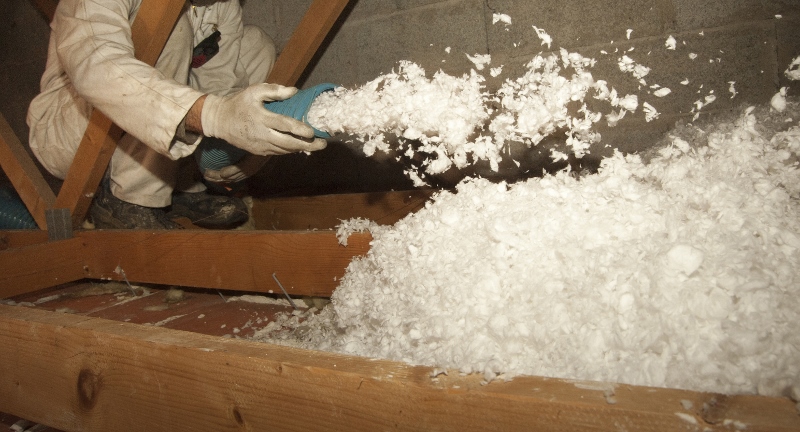Installing cellulose insulation is a great way to improve the energy efficiency and comfort of your home. Cellulose insulation is made from recycled paper, which makes it an environmentally friendly option. The process of installation involves blowing the cellulose fibers into the spaces between the walls, floors, and ceilings. This can be done using a specialized blower machine, which requires trained professionals to operate.
The insulation is then settled by gravity, creating a dense layer that effectively traps heat and reduces air leakage. Cellulose insulation has a high thermal resistance value and is resistant to mold, pests, and fire. It is also an affordable option compared to other insulation materials. Proper installation of cellulose insulation can save homeowners money on energy bills, reduce carbon footprint, and enhance indoor comfort.
If you are looking for an eco-friendly insulation option, cellulose insulation can be a great choice. It is made from recycled materials, such as newspapers and cardboard, and is known for its energy efficiency and soundproofing capabilities. In this article, we will provide a step-by-step guide on how to install cellulose insulation in your home.
Step 1: Preparation
Before you begin the installation process, it is important to prepare the area. Make sure to wear protective gear, such as a dust mask, gloves, and goggles. You should also cover any exposed skin to avoid irritation from the insulation. If you are installing the insulation in an attic or crawl space, make sure to clear out any debris and clean the area before starting.
Step 2: Measure and Cut
Measure the area where you will be installing the insulation and cut the insulation to the appropriate size using a utility knife or insulation cutter. Make sure to leave a little extra insulation around the edges to ensure a tight fit.
Step 3: Blowing the Insulation
One of the most common methods of installing cellulose insulation is by blowing it into the desired area. This can be done using a machine that blows the insulation through a hose. If you are doing this yourself, you can rent the machine from a hardware store or home improvement center.
Step 4: Filling the Gaps
Once the insulation is blown into the area, you may notice some gaps or areas that need more insulation. Use a hand-held blower or a scoop to fill these gaps with additional insulation.
Step 5: Finishing Touches
After the insulation is in place, you can add a vapor barrier or seal any gaps with foam insulation. This will help improve the energy efficiency of your home and prevent air leaks.
Benefits of Cellulose Insulation
There are many benefits to installing cellulose insulation in your home. Here are just a few:
- Energy Efficiency: Cellulose insulation is known for its high R-value, which means it provides excellent insulation against heat transfer. This can help reduce your energy bills and improve the energy efficiency of your home.
- Soundproofing: Cellulose insulation is also great for soundproofing. It can help reduce noise from outside or between rooms in your home.
- Eco-Friendly: Cellulose insulation is made from recycled materials, which makes it an eco-friendly option for insulation.
- Fire Resistance: Cellulose insulation is treated with fire retardants, which can help prevent the spread of flames in case of a fire.
In conclusion, installing cellulose insulation can be a great choice for those looking for an eco-friendly and energy-efficient insulation option. By following these simple steps, you can install cellulose insulation in your home and enjoy the many benefits it has to offer.




